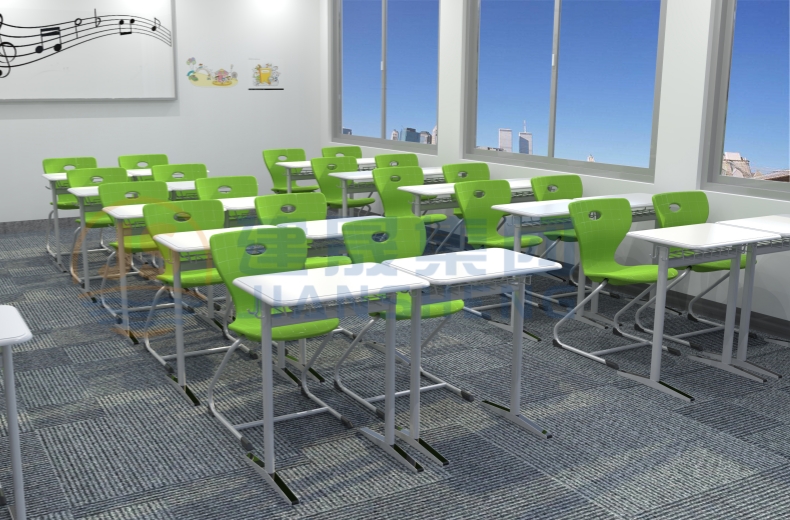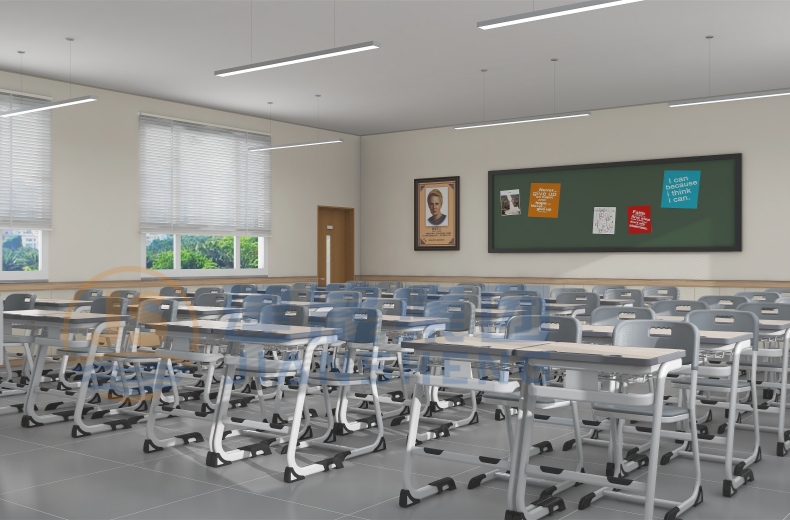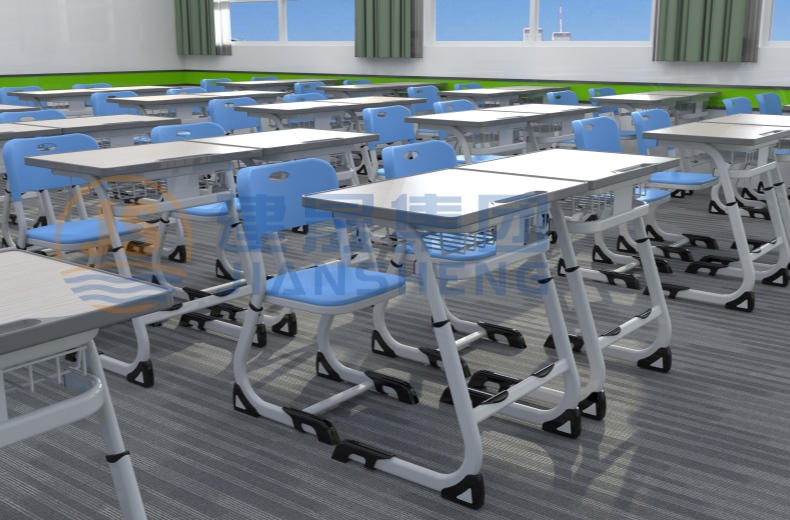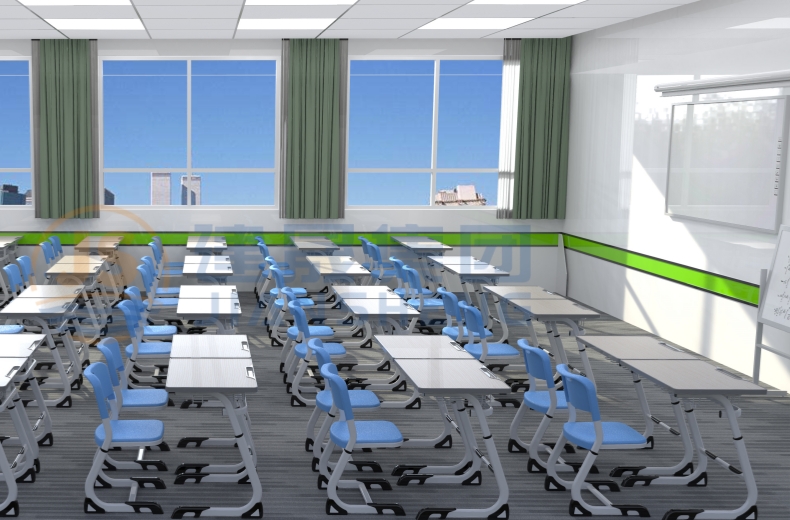
Making the Grade: A Guide to Selecting Environmentally Friendly and Sustainable School Furniture
2024-04-27 22:00
Making the Grade: A Guide to Selecting Environmentally Friendly and Sustainable School Furniture
As schools worldwide strive to instill values of environmental stewardship and sustainability in their students, the importance of choosing eco-friendly furniture cannot be overstated. From desks and chairs to shelves and cabinets, every piece of furniture in educational settings can contribute to a greener future or perpetuate harmful environmental practices. Therefore, selecting environmentally friendly and sustainable school furniture is essential for educational institutions committed to fostering a culture of sustainability among their students and staff.
Understanding the Impact:
Before delving into the selection process, it's crucial to understand the environmental impact of school furniture. Conventional furniture manufacturing often relies on resource-intensive processes and materials, such as virgin timber and petroleum-based plastics, leading to deforestation, habitat loss, and carbon emissions. Moreover, the disposal of old furniture contributes to landfill waste, further exacerbating environmental challenges.

Key Considerations for Sustainable School Furniture:
1. Material Selection: Opt for furniture made from sustainable and renewable materials, such as FSC-certified wood, bamboo, or recycled plastics. These materials minimize environmental impact and help conserve natural resources.
2. Durability and Longevity: Choose furniture that is durable and built to withstand the rigors of daily use in educational settings. High-quality craftsmanship and materials not only reduce the need for frequent replacements but also minimize waste over time.
3. Certifications: Look for certifications such as Forest Stewardship Council (FSC) or Greenguard, which ensure that the furniture meets stringent environmental and health standards, including sustainable sourcing and low emissions.

4. Ergonomics: Prioritize furniture designs that promote ergonomic support and comfort for students and teachers. Well-designed ergonomic furniture not only enhances learning environments but also contributes to long-term health and well-being.
5. Versatility and Adaptability: Select furniture that is versatile and adaptable to various classroom configurations and teaching methods. Modular furniture designs allow for easy reconfiguration and space optimization, reducing the need for additional furniture purchases.
6. Recyclability and Disposal: Choose furniture that is easily recyclable or biodegradable at the end of its lifespan. Explore manufacturer take-back programs or recycling initiatives to responsibly dispose of old furniture and minimize waste.
7. Energy Efficiency: Consider furniture designs that incorporate energy-efficient features, such as LED lighting or sustainable materials with low embodied energy, to reduce environmental impact throughout the lifecycle of the furniture.

Case Studies in Sustainable Education Design:
Several educational institutions have embraced sustainable furniture solutions to create environmentally friendly learning environments:
- Green School Bali: This pioneering school in Indonesia has built its campus using sustainable materials, including bamboo furniture, solar-powered classrooms, and composting toilets, inspiring students to embrace sustainability in their daily lives.
- The Bullis School, Maryland: By partnering with sustainable furniture manufacturers, The Bullis School has furnished its classrooms with eco-friendly desks and chairs made from recycled materials, reducing its environmental footprint while creating inspiring learning spaces.

The selection of environmentally friendly and sustainable school furniture is a critical step towards creating healthy, inspiring, and sustainable learning environments for students and educators alike. By prioritizing material sustainability, durability, certifications, and ergonomic design, educational institutions can lead by example and instill values of environmental responsibility in future generations. Together, we can build a brighter future where sustainability is not just a concept but a way of life, starting with the furniture in our schools today.
Get the latest price? We'll respond as soon as possible(within 12 hours)







